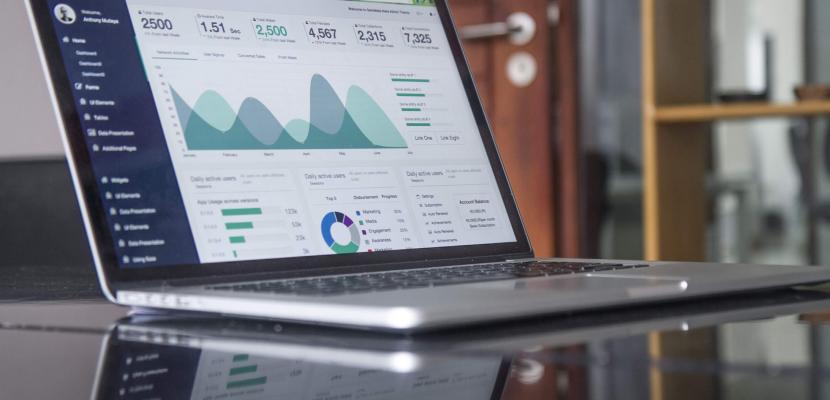Image

Financing schemes (ERDF) in Piemonte Region for the transition to low-carbon economy in all sectors
Published on 05 July 2021

Italy
Piemonte
This is the good practice's implementation level. It can be national, regional or local.
About this good practice
Piedmont Region promotes the shift towards a low-carbon economy in all sectors through ERDF funds to reduce primary energy consumption of public buildings and to spread innovation in the production systems, by using energy efficiency solutions and renewable energies. The budget allocation was about 200 million Euros (priority Axis IV), almost equally divided between public entities and companies. The promotion of eco-efficiency in public buildings was implemented through five calls, which financed the 80% of the value proposed (adding a further 10% in the case the Nzeb requirements were met), in support of:
• interventions in the health-hospital area;
• interventions on the real estate assets of the Piedmont Region;
• interventions of local authorities (municipalities, metropolitan cities, provinces and unions of municipalities);
• interventions in the field of social housing;
• interventions to improve the efficiency of the municipal public lighting network.
Regarding the measure activated for companies, with allocated budget of 97 M€.
The incentives, partly with non-refundable funds (20%) and partly as subsidized credit (80%), supported:
• high-efficiency cogeneration plants,
• measures to increase the energy efficiency of production processes and buildings,
• the replacement of low efficiency systems and components with more efficient ones,
• installation of new high efficiency production lines;
• installation of plants for the renewable energy production.
• interventions in the health-hospital area;
• interventions on the real estate assets of the Piedmont Region;
• interventions of local authorities (municipalities, metropolitan cities, provinces and unions of municipalities);
• interventions in the field of social housing;
• interventions to improve the efficiency of the municipal public lighting network.
Regarding the measure activated for companies, with allocated budget of 97 M€.
The incentives, partly with non-refundable funds (20%) and partly as subsidized credit (80%), supported:
• high-efficiency cogeneration plants,
• measures to increase the energy efficiency of production processes and buildings,
• the replacement of low efficiency systems and components with more efficient ones,
• installation of new high efficiency production lines;
• installation of plants for the renewable energy production.
Resources needed
• Total of 173 M€ broken down into:
o 97 M€ for enterprises
o 76 M€ for local authorities
o 97 M€ for enterprises
o 76 M€ for local authorities
Evidence of success
• 375 Gwh/y of primary energy saved
• 85 ktons of CO2 emissions saved
• 85 ktons of CO2 emissions saved
Potential for learning or transfer
• All current and next (2021-27) Regional Operational Programs planned a great amount of resources on low carbon economy and energy transitions.
• The increasing energy audits performed for many EU existing public buildings, due to national and regional laws, could incentivize these measures.
• It is necessary to enhance the cooperation and synergy among all level of public authorities, incentives and funds even if sometimes is difficult due to different schemes and rules: a higher level of integration between ERDF and national funds has to be achieved.
• Integrated systems with renewables lead to zero energy emissions buildings.
• It is necessary to plan a monitoring phase for beneficiaries for a 5 years period to verify through the monitoring real data the effectiveness of energy saving
• It is necessary to enhance the use of Energy Performance Contracts (EPC) that were only used by few beneficiaries, among hundreds, due to many administrative barriers.
• The increasing energy audits performed for many EU existing public buildings, due to national and regional laws, could incentivize these measures.
• It is necessary to enhance the cooperation and synergy among all level of public authorities, incentives and funds even if sometimes is difficult due to different schemes and rules: a higher level of integration between ERDF and national funds has to be achieved.
• Integrated systems with renewables lead to zero energy emissions buildings.
• It is necessary to plan a monitoring phase for beneficiaries for a 5 years period to verify through the monitoring real data the effectiveness of energy saving
• It is necessary to enhance the use of Energy Performance Contracts (EPC) that were only used by few beneficiaries, among hundreds, due to many administrative barriers.
Further information
Website
Good practice owner
You can contact the good practice owner below for more detailed information.
Organisation
Piemonte Region

Italy
Piemonte
Contact